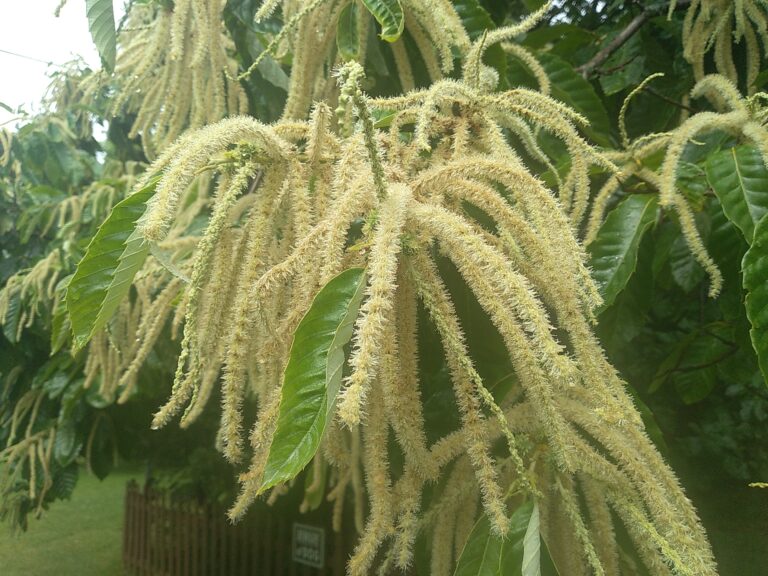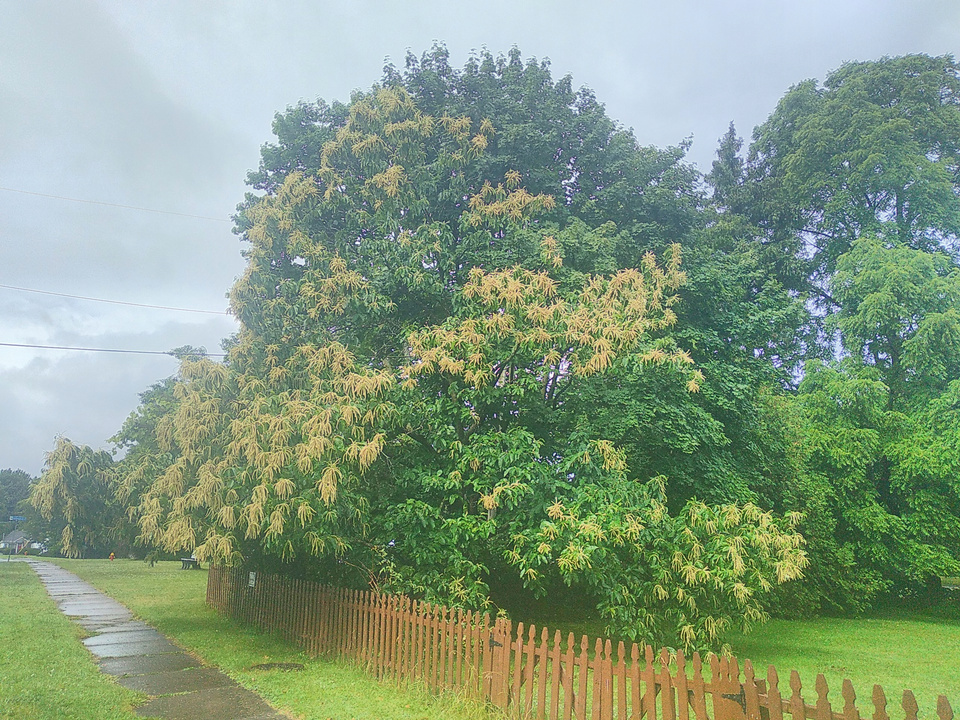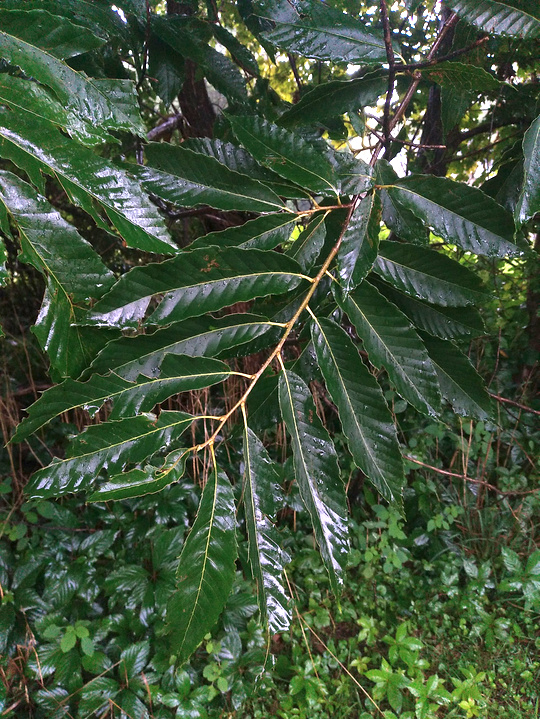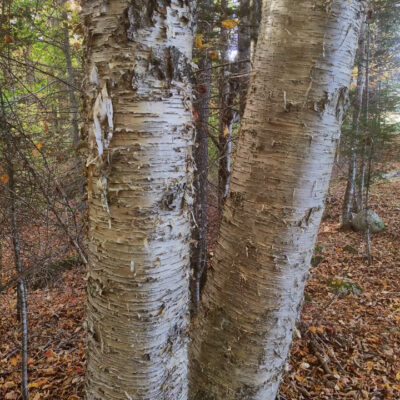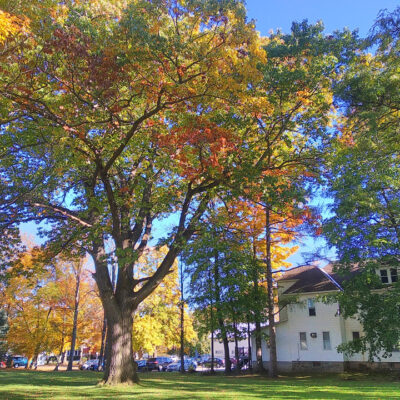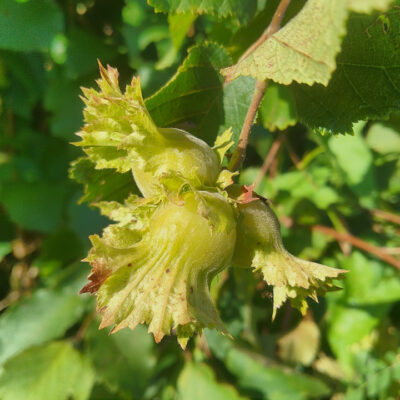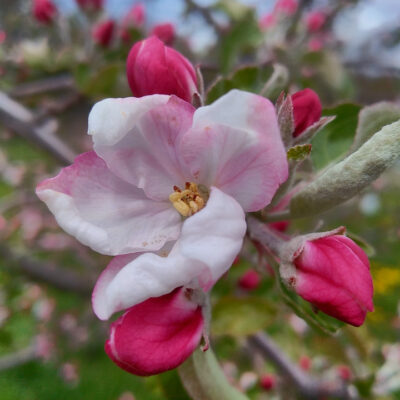Not long ago, the chestnut was one of the most dominant trees in eastern forests. They grew to the height of redwoods and dropped nuts by the trainload. Unfortunately, almost all the American chestnuts were wiped out by a disease around 100 years ago.
Since that time, much work has gone into hybridizing American, Chinese, European, and Japanese chestnut genetics to create trees that are disease resistant and grow in colder climates. Today is the best time in history to be planting chestnuts.
The nuts are an amazing source of food for the homestead. They are rich in carbohydrates, more similar to corn than to the more oily and protein rich nuts like hazelnuts and hickories. They are reliable producers because the flowers emerge in early summer, so they have very little risk of losing flowers to cold temps.
Chestnut Varieties For This Season:
If you’re just looking for a solid chestnut tree, choose the Sleeping Giants. They look great this year.
Chinese Orchard Chestnuts – I am lucky to have highly improved genetics from one of the largest chestnut orchards in New York State. These are first selections from an established orchard of predominantly Chinese genetics. Expect high yielding trees which bear nuts early.
Sleeping Giant – Originally planted in 1935, this complex hybrid is one of the gold standard chestnut lineages. Big, long lived trees with fabulous nuts.
Pommeroy – an all around solid Chinese hybrid tree
Al Szego Dwarf Hybrid – very complex mix of the various species of chestnuts, should produce nuts earlier than most other varieties and be quite productive.
American Timber – trees are heavily biased towards American genetics, which are considered the best species for large timber pieces. Select these if you are interested in breeding in timber genetics or for your woodlot.
— What are seedlings? — Seedlings are plants that have been grown directly from a seed. They are genetic individuals with traits that are not exactly known. Often seedlings share characteristics with their parents, but exactly how much is shared depends on the species of plant. Having good parents certainly doesn’t hurt! —
Hybrid Chestnuts – The other selections are great trees as well, they come from a long standing hardy chestnut orchard with a mix of genetics: Chinese, Japanese, American, European, both seedlings and grafted cultivars.
Growth Parameters:
Plant at least two for cross-pollination to get a nut crop.
Chestnuts will drink a lot of water, however the soil around the roots must be well drained for them to be happy. If the soil is not naturally well drained, build a mound with the excess dirt from digging a hole, then plant the tree on the mound. The hole can then serve to collect extra water for the tree while the extra height from the mound will help with drainage.
Chestnuts will be large trees, with most orchard types being wide trees.
